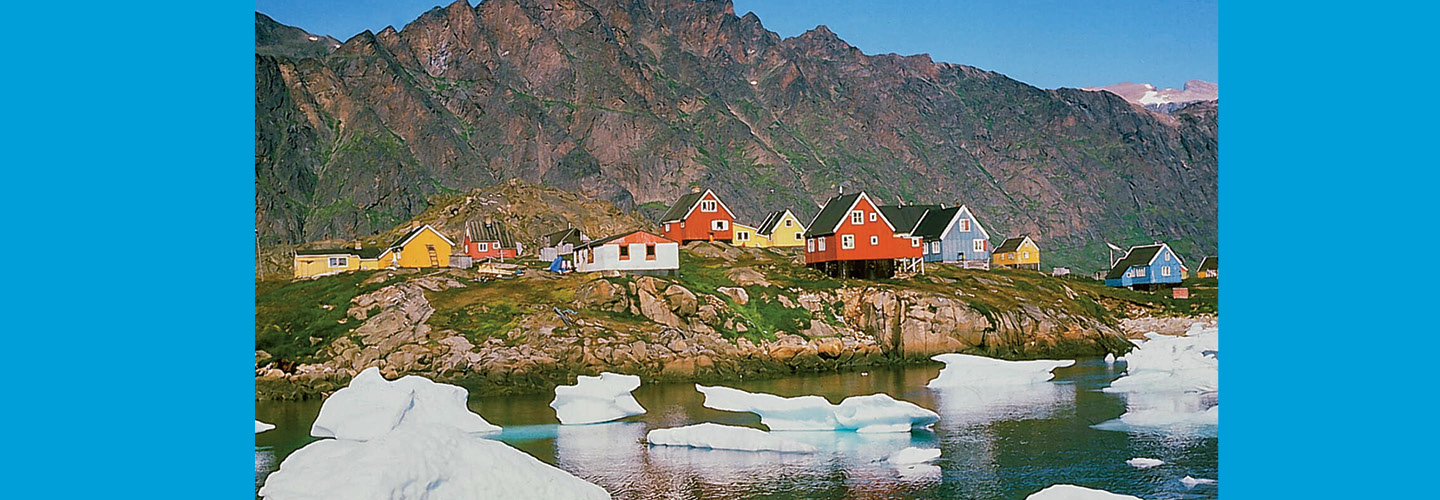Greenland is known for frozen landscapes, remote fjords, and glaciers that heave giant sheets of ice into the sea.
But increasingly this huge, remote island has become known for something else too: rare minerals. And that has made Greenland the site of a modern-day “gold rush,” as superpowers (including the United States), billionaire investors, and big mining companies jostle for influence.
The recent interest in Greenland is all due to climate change and the world’s mad dash to accelerate the development of green technology.
Greenland is known for frozen landscapes, remote fjords, and glaciers that push giant sheets of ice into the sea.
But this huge, remote island has become known for something else too: rare minerals. The new attention has made Greenland the site of a modern-day “gold rush.” Powerful nations, billionaire investors, and big mining companies are vying to gain control of the island’s assets. And the United States is among them.
The recent interest in Greenland is all due to climate change and the world’s mad dash to speed up the development of green technology.

